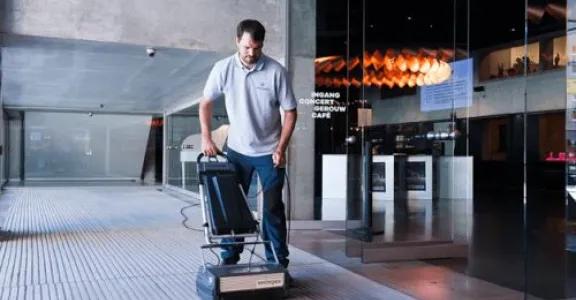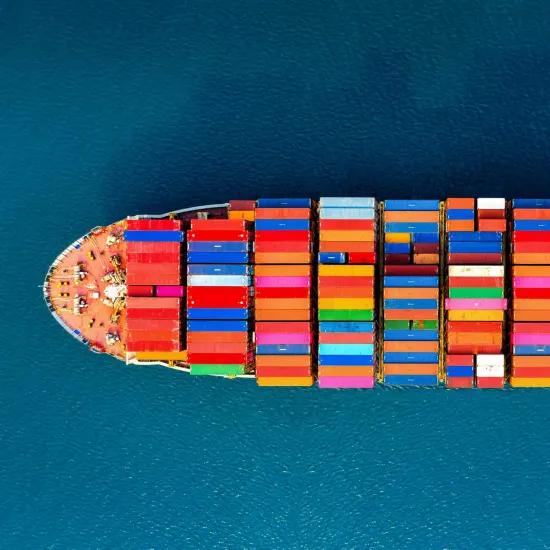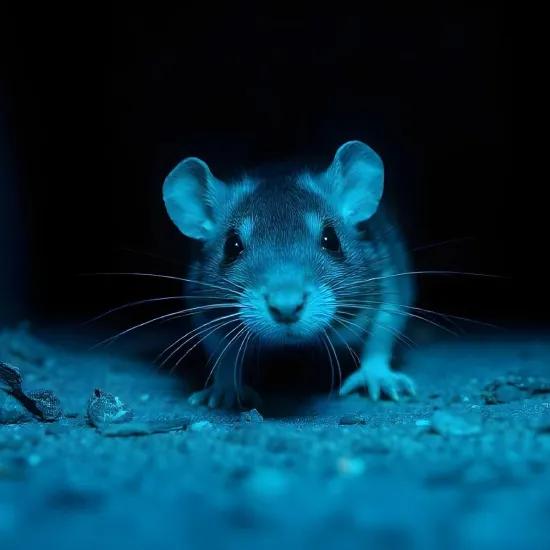Making money with a product that hardly ever breaks is a real challenge and requires a different perspective: don't sell your product, sell the use of your product or its functionality. Does this sound a little abstract? We will make it concrete by giving an example of an SME that manages to offer its product - an entrance mat - as a service to the customer.
Verimpex makes heavy-duty entrance mats and wants to continue to focus on solid qualities and high functionality. The evolution towards cheap and fast-changing trendy products is a real challenge in this respect.
Verimpex has been using recyclates and by-products for years. One of their high-end products is made from aircraft tyres, aluminium and steel cable. These mats easily last 20 years and have an extremely long life span. From an eco-design point of view, this is a top product for a circular business model. However, the reality is sometimes different: the search for a product-as-a-service model taught Verimpex that in addition to longevity, there are also other essential requirements. The degree of personalisation, customisation, modular design, etc. is important to make and keep the business model financially feasible and attractive. This appears necessary to limit the risks associated with breach of contract, damage, efficient maintenance, et. to reach specific customer segments.
Product-as-a-service
Sirris helped Verimpex put together the mix of product features, design, customer segment, service and revenue model, which is promising and valuable to be tested in practice. Additionally, lessons have been learned through customer interaction, which allowed Verimpex to refine its services in the field of maintenance and upgradeability and which resulted in the offering of 'matting-as-a-service'.
The company chooses products that are modular in structure, so they can meet changing fashion trends and customer-specific requirements and expectations with limited costs. The key is to be very close to your customers as a service provider and quickly detect their possibly changing needs. The relationship with your customer is the real key.
Only when you know these customer requirements well, you can come up with an offer based on your expertise (products), where the objectives of your customers and those of you as a supplier are the same. In the case of Verimpex, this means a long service life, lasting functionality (i.e. adequate cleaning of the soles of users), a nice appearance, upgradeable, ... Because the objectives of customer and products are alike, part of the tension between the two parties disappears and a good basis is created for a long-term cooperative relationship.
Obviously, we haven't talked about the many practical, legal and financial adjustments needed to realise such a product as a service. The good news is that there are some pioneering companies that have already cleared or at least lowered some of these obstacles. We also previously published a blog post on this subject and contributed to studies and reports by third parties, such as https://circulair.econocom.be/.
Learning from each other makes sense
Sirris and Agoria are happy to facilitate this interaction. Our CE Connect learning networks, which are entering their fourth year, offer these opportunities. Interested in taking steps as well? Be sure to read the following blog, explaining these learning networks.
The circular economy and closing the material cycles are rightly receiving a lot of attention. Do you also want to get added value from your by-products? The AFVALorisatie project will help you get started!
(Source picture: Verimpex)





